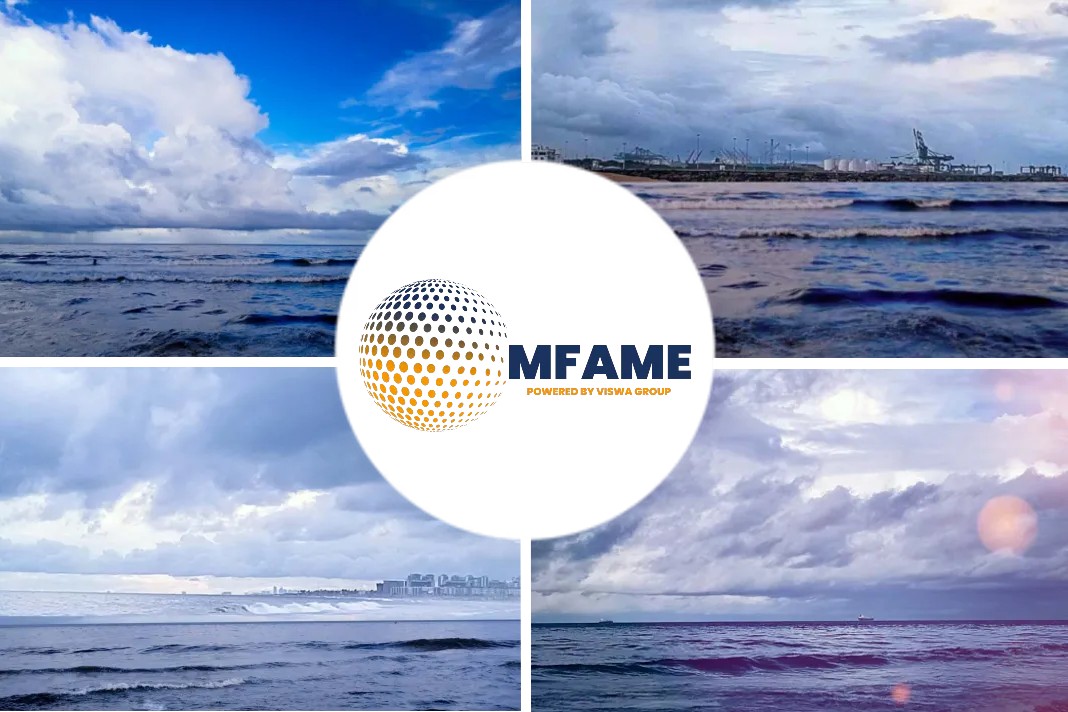
- From 01 January 2020, the shipping world can only take on bunkers with a maximum sulphur content of 0.5%.
- Penalties for non-compliance will depend on local law and could be from criminal charges on owners to vessel being declared unseaworthy.
- Seaworthiness is absolutely necessary for marine insurance.
- Cleaning up tanks, pipes and pumps for a full transition towards 2020 compliant fuel is an expensive and time-consuming task.
- Availability issues persist, though the refineries have been working on a solution since 2008.
Non-compliance of IMO’s new regulation will result in the owner facing penalties and the vessel being declared unseaworthy, says an article published in Insurance Business.
Stringent rule
The global maritime industry is heading full sail towards 0.5% global sulphur cap imposed by the International Maritime Organization (IMO).
From 01 January 2020, shipowners and charterers around the world can only legally take on bunkers with a maximum sulphur content of 0.5%.
If found in breach of the IMO’s new regulation, the owner will face penalties and their vessels will be declared unseaworthy and therefore uninsurable.
No silver bullet to comply
There’s no simple solution for how shipowners and charterers can become compliant with the IMO’s 0.5% sulphur cap regulation.
The most straightforward options would be to switch to using low-sulphur marine gas oil or ultra-low sulphur fuel oil (ULSFO) of 0.1% maximum sulphur content.
Are refineries ready to supply?
One of the major questions that remains unanswered regarding IMO 2020 sulphur cap regulation is whether refineries will be able to meet demand said Jorge Pecci, marine practice head at RSG Underwriting Managers (RSGUM).
Pecci added, “are there enough refineries around the world to supply these low-sulphur compliant fuels for vessels?”.
“Like the shipping industry, the refineries have known this regulation is coming since 2008. They’ve been working on a solution, but there’s definitely a question mark around availability, especially in less-developed countries.”
Tasks before transition
Another challenge for vessels currently operating on fuel with a 3.5% sulphur content is cleaning up their tanks, pipes and pumps before making a full transition towards 2020 compliant fuel.
This is an expensive and time-consuming task. As it can take about six months, shipowners and charterers need to initiate the process well in advance of January 01, 2020.
Charges against non-compliance
Any vessel failing to comply with the IMO’s new fuel regulation will face fines. These fines will depend on the laws and requirements of each country.
Some jurisdictions like Hong Kong might go so far as to place criminal charges upon the captain of a non-compliant vessel, whereas others might be much more lenient. The enforcement of the regulation is going to “vary substantially,” according to Pecci.
What next if declared unseaworthy?
The most interesting issue related to insurance is that if a vessel fails to comply with fuel specifications, that vessel may be declared unseaworthy.
If a vessel is declared unseaworthy, it loses its insurance coverage.
“If, after 2020, a vessel is operating on fuel with a sulphur content over 0.5% and it suffers a problem, that vessel may not have insurance because it’s technically unseaworthy. Seaworthiness is the absolute essence of marine insurance,” said Pecci.
As the global marine industry makes the transition to lower-sulphur fuels, the protection and indemnity (P&I) insurance industry is waiting and watching closely, explained John Hearn, managing director at Lodestar Marine. Until the IMO’s regulation comes into effect, “we’re not really going to know what the fallout will be,” he said.
Enforcement of regulations
“There are a number of different reasons why there might be issues moving forward, not least the adequate supply of compliant fuels, but also how stringently each jurisdiction will enforce the regulations,” Hearn commented.
“It’s very difficult to say how the changes will impact the P&I market, especially if there are seaworthiness issues and cargo delays as a result of all of this.”
Sulphur cap in place since 2005
The shipping industry has been moving piecemeal towards IMO 2020 since the 1960s, according to Pecci. Despite shipping being one of the most environmentally-friendly ways to move cargo (it’s much cleaner than road or air transit), the IMO has been persistent in its efforts to reduce harmful emissions from ships.
Pecci noted: “When people talk about the 0.5% sulphur cap coming in 2020, there’s this feeling that the industry is approaching the change all of a sudden, and that before, there weren’t any restrictions at all. That’s simply not true. There’s been a 3.5% sulphur cap since 2005 and the industry has been talking about the 0.5% cap for a long, long time.”
Did you subscribe for our daily newsletter?
It’s Free! Click here to Subscribe!
Source: InsuranceBusiness














![[Watch] Crazy Power Needed to Move World’s Largest Containerships](https://mfame.guru/wp-content/uploads/2023/11/mfame-tanker-100x70.jpg)

